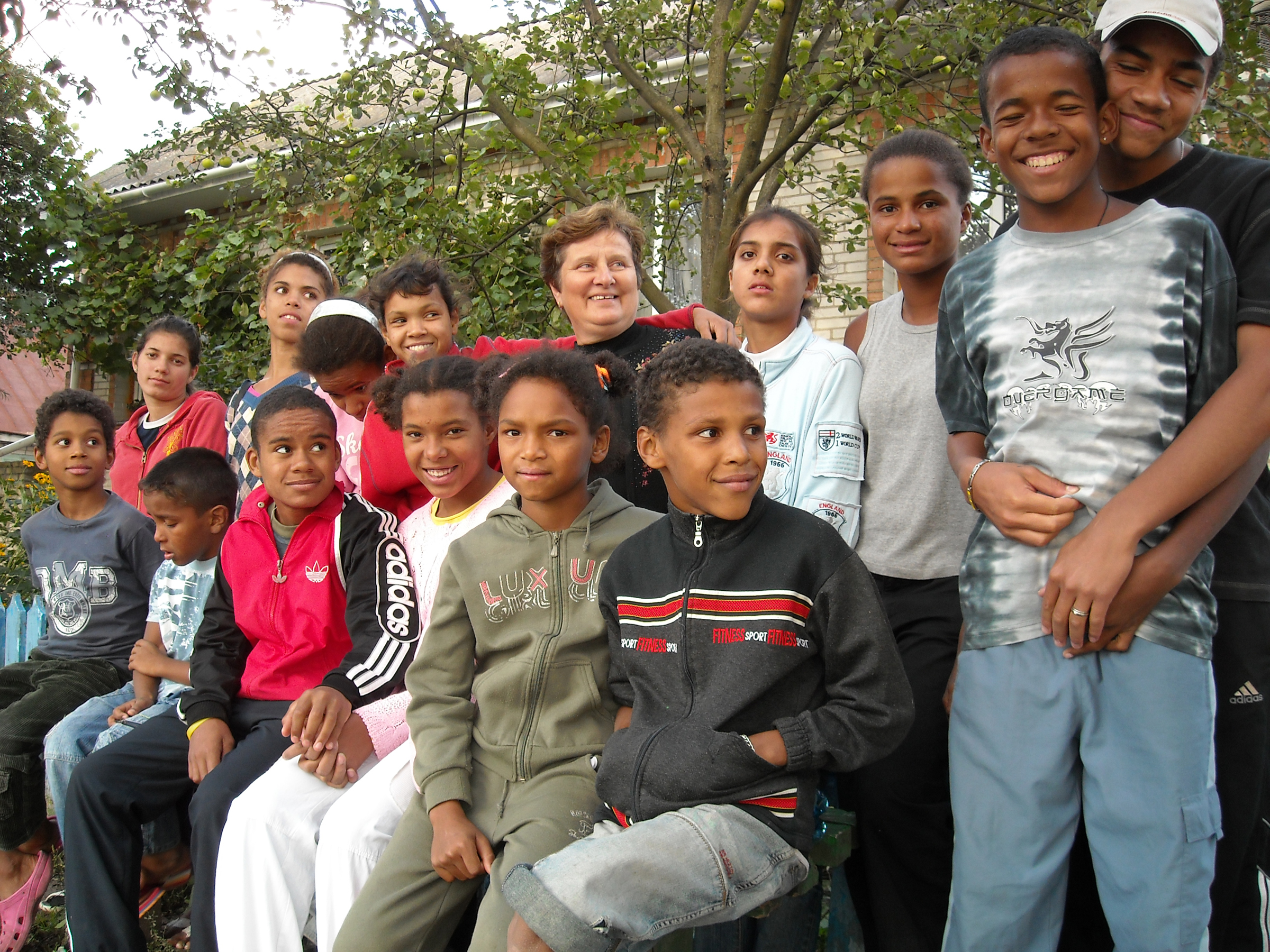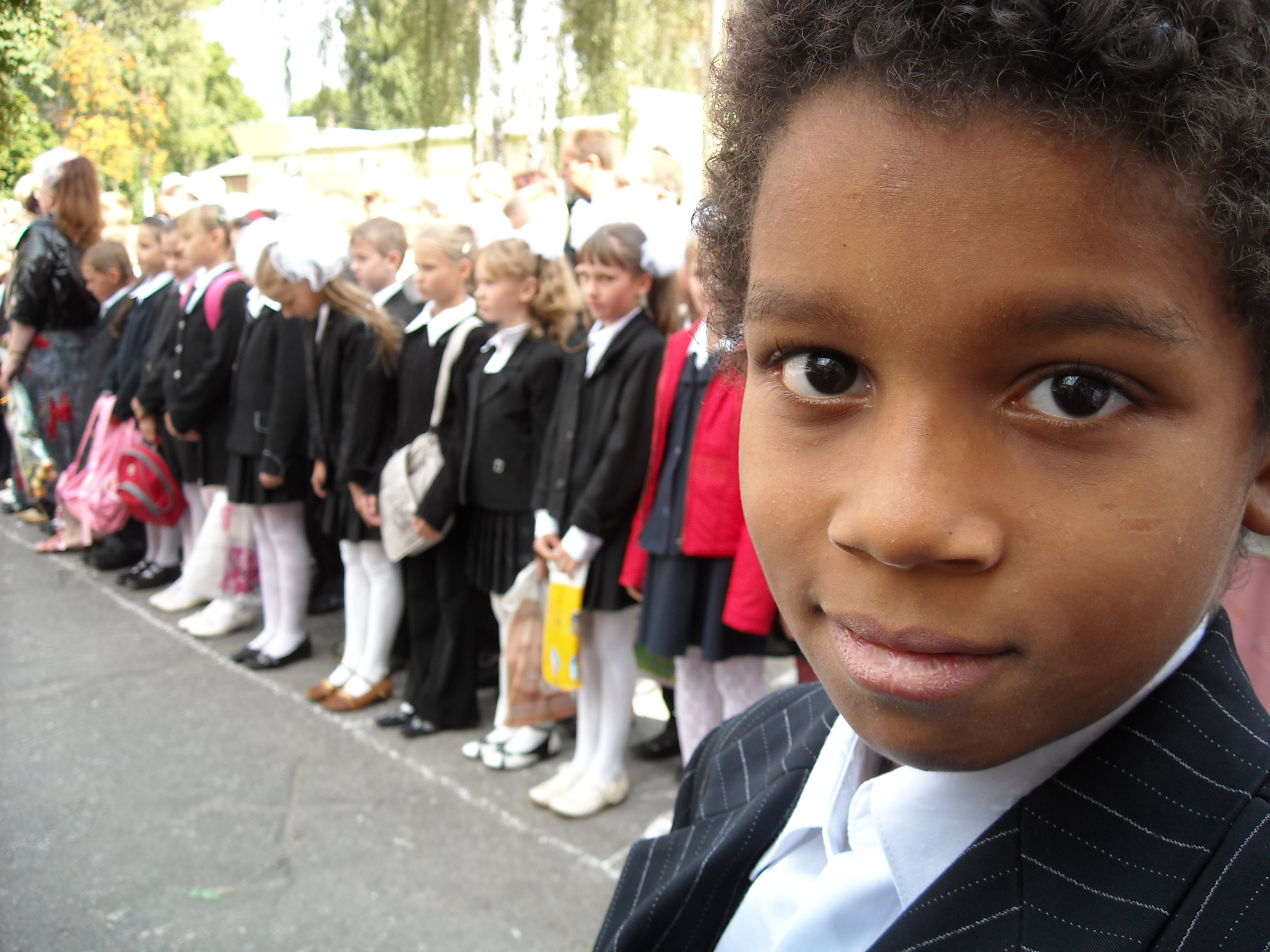Afro-Mexico: Dancing between Myth and RealityPosted in Anthropology, Arts, Books, Caribbean/Latin America, History, Literary/Artistic Criticism, Media Archive, Mexico, Monographs on 2010-12-05 06:17Z by Steven |
Afro-Mexico: Dancing between Myth and Reality
University of Texas Press
December 2010
183 pages
62 b&w illus, 14 color photos
7 x 10 in.
Hardcover ISBN: 978-0-292-72324-5
Anita González, Associate Professor and Associate Chair of Theatre Arts
State University of New York, New Paltz
Photographs by George O. Jackson and José Manuel Pellicer
Foreword by Ben Vinson III
While Africans and their descendants have lived in Mexico for centuries, many Afro-Mexicans do not consider themselves to be either black or African. For almost a century, Mexico has promoted an ideal of its citizens as having a combination of indigenous and European ancestry. This obscures the presence of African, Asian, and other populations that have contributed to the growth of the nation. However, performance studies—of dance, music, and theatrical events—reveal the influence of African people and their cultural productions on Mexican society.
In this work, Anita González articulates African ethnicity and artistry within the broader panorama of Mexican culture by featuring dance events that are performed either by Afro-Mexicans or by other ethnic Mexican groups about Afro-Mexicans. She illustrates how dance reflects upon social histories and relationships and documents how residents of some sectors of Mexico construct their histories through performance. Festival dances and, sometimes, professional staged dances point to a continuing negotiation among Native American, Spanish, African, and other ethnic identities within the evolving nation of Mexico. These performances embody the mobile histories of ethnic encounters because each dance includes a spectrum of characters based upon local situations and historical memories.
Table of Contents
- Foreword by Ben Vinson III
- Preface
- Introduction
- Chapter 1: Framing African Performance in Mexico
- Chapter 2: Masked Dances: Devils and Beasts of the Costa Chica
- Chapter 3: Archetypes of Race: Performance Responses to Afro-Mexican Presence
- Chapter 4: Becoming National: Chilena, Artesa, and Jarocho as Folkloric Dances
- Conclusion
- Notes
- Bibliography
- Index
Introduction
Afro-Mexico: Dancing between Myth and Reality, as the title suggests, is a book about dancing. But more important, it is a book about how dance reflects on social histories and relationships. The photographs and text document how residents of some sectors of Mexico construct their histories through performance. The idea of Afro-Mexico is, in some ways, an enigma. While Africans and their descendants have lived in Mexico for centuries, many Afro-Mexicans do not consider themselves either black or African. Instead, members of this ethnic population blend into the national imagination of Mexico as a mixed-race country. For almost a century, Mexico has promoted an ideal of its citizens as a combination of indigenous and European ancestry. This construct obscures the presence of African, Asian, and other populations that have contributed to the growth of the nation. However, performance studies—dance, music, and theatrical events—reveal that African people and their cultural productions have consistently influenced Mexican society…
…Race in the Americas
The concept of race is continually being redefined. “Race” troubles academic theorists and affects popular social conceptions about origins and nationality. Political events like the rise of Barack Obama challenge existing myths about race and bring to questions the realities of racial mixtures in the Americas. In both local and global communities public understandings about blackness greatly influence who African Diaspora people think they are. Clearly, those who reside in Mexico are Mexican. However, self-perceptions influence both self-esteem and the sense of belonging. Recently, I was traveling by airplane to Costa Chica and picked up a copy of the magazine Intro*, which services the Oaxacan coast. Inside was a story about a surfer named Angel Salinas, an Afro-Mexican from Mancuernas, Pinotepa Nacional. Salinas is a surfing star who has won national and international tournaments. But he wears a wrestler’s mask to cover his face when he appears in public. The article states that the surfer wears the mask as “a result of some advice that his mother gave him when he didn’t appear in magazines because of his dark skin; he decided to do something that would make him different and that would show a Mexican cultural icon. Now he is known as ‘the masked surfer.'” Angel Salinas feels the need to cover his face in order to feel Mexican. Although Mexico is a country where, at first glance, the races have mixed to become a “cosmic race,” there are still urgent social discrepancies that manifest as internalized or blatant racism. This discrepancy between public policy and daily practices influences the kinds of lives that contemporary Afro-Mexicans lead…



